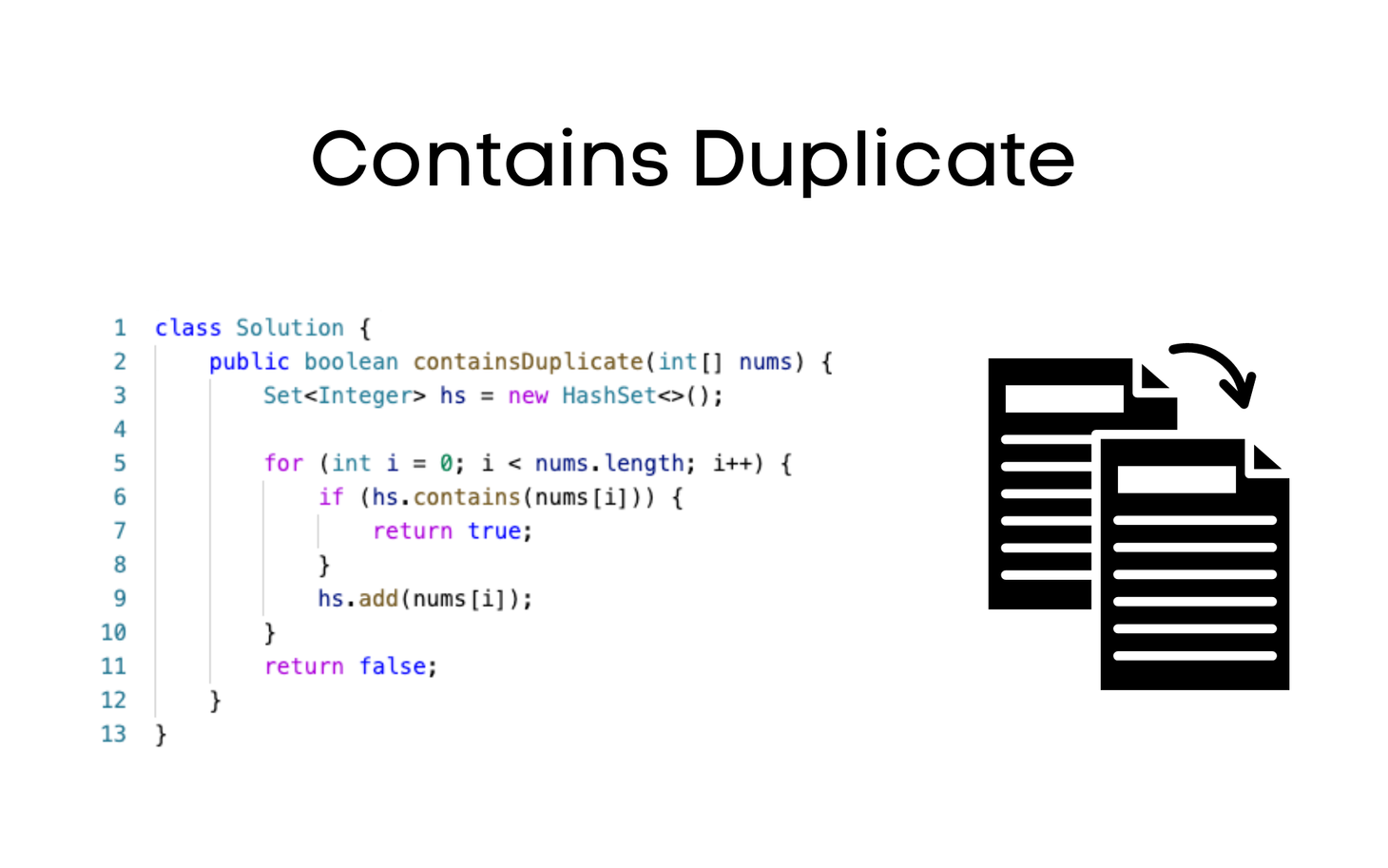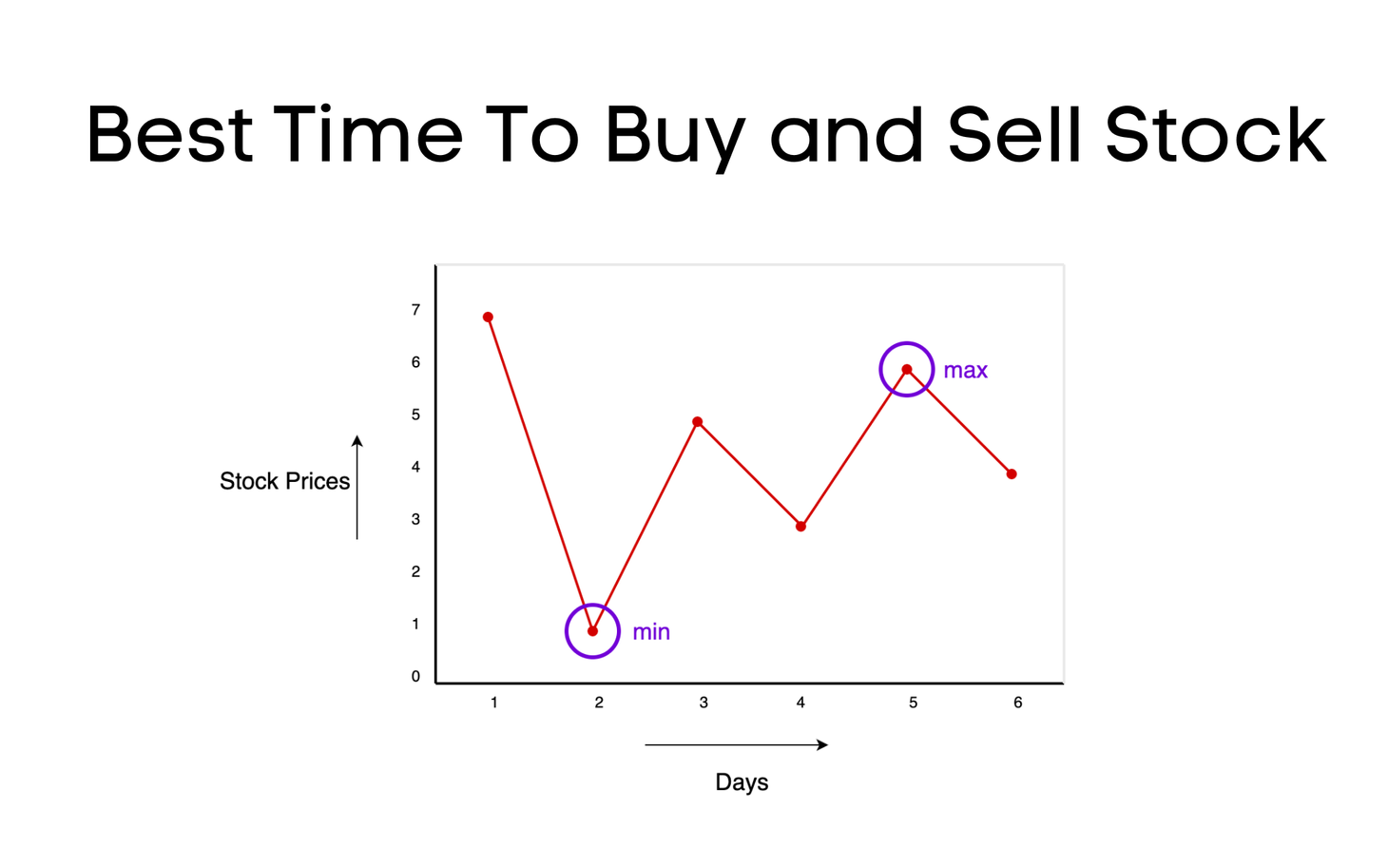Binary Number System and Its Representation
In mathematics and digital electronics, a binary number is expressed in the base-2 number system, using only two symbols: "0" and "1". Another number system that became famous after the decimal is the binary number system, which has only two digits, 0 and 1.

